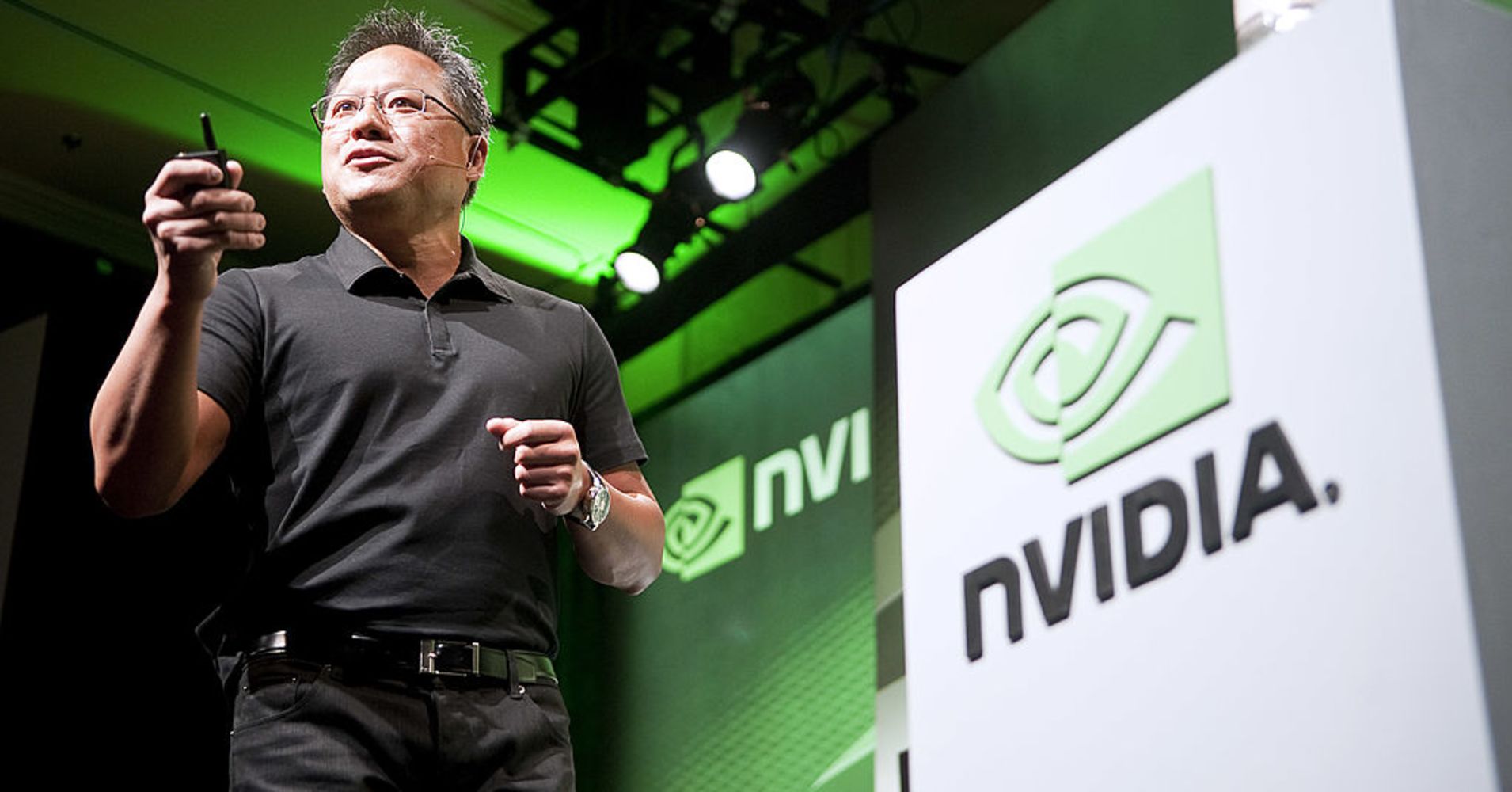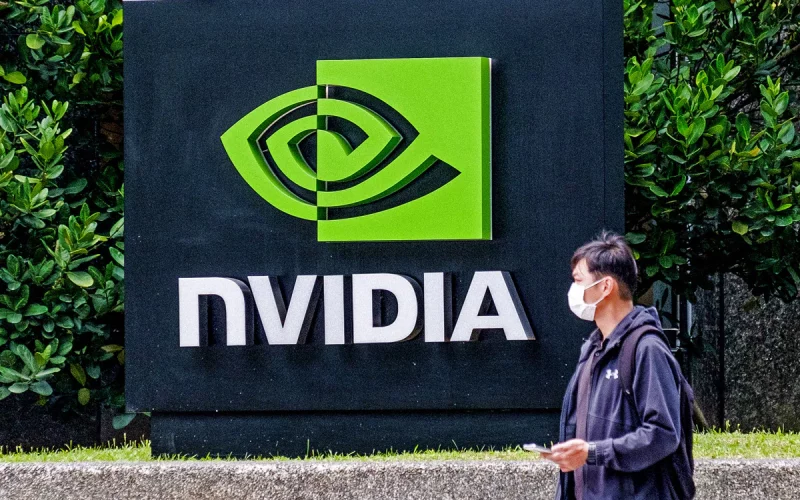Introduction
The realm of artificial intelligence (AI) data generation has witnessed a seismic shift with the advent of Nemotron-4, a transformative model that transcends the boundaries set by its predecessor, GPT-4. Nemotron-4, a large language model (LLM), embodies a paradigm shift in the way AI generates data, offering unprecedented levels of sophistication, accuracy, and versatility.
Key Advancements of Nemotron-4
- Enhanced Language Understanding: Nemotron-4 boasts an unparalleled understanding of human language. Its advanced natural language processing (NLP) algorithms enable it to comprehend complex sentence structures, contextualize information, and generate coherent, grammatically sound text.
- Factual Accuracy and Consistency: Unlike previous LLMs, Nemotron-4 prioritizes factual accuracy in its data generation. It leverages vast datasets and sophisticated fact-checking mechanisms to ensure that its outputs are reliable and free from factual errors or inconsistencies.
- Multilinguality and Cultural Awareness: Nemotron-4 is multilingual, proficient in a wide range of languages. Moreover, it possesses a deep understanding of different cultures and can adapt its data generation accordingly, catering to diverse audiences.
- Personalized Data Generation: Nemotron-4 incorporates personalized learning algorithms that enable it to tailor its data generation to specific user profiles. By analyzing user preferences, it can generate data that is highly relevant and engaging to each individual.
Applications and Impact
The applications of Nemotron-4 are vast and transformative, revolutionizing industries across the board:
- Content Creation: Nemotron-4 unlocks new possibilities for content creation, facilitating the automated generation of high-quality articles, blog posts, marketing materials, and more. Its ability to understand and adapt to different styles and tones makes it an invaluable tool for writers and content producers.
- Customer Service and Support: Nemotron-4 empowers businesses to provide seamless and personalized customer service experiences by generating customized responses, FAQs, and chatbots. Its natural language understanding capabilities enable it to handle complex queries and offer prompt, accurate assistance.
- Personalized Education: Nemotron-4 can personalize the learning experience by generating tailored study materials, quizzes, and feedback for each student. Its ability to generate factually accurate and engaging content makes it an innovative educational tool that can supplement traditional teaching methods.
- Healthcare and Diagnostics: Nemotron-4 has the potential to revolutionize healthcare by aiding in medical research, diagnosis, and treatment planning. Its ability to analyze vast medical datasets and generate insights can assist healthcare professionals in making informed decisions and improving patient outcomes.

Ethical Considerations
While Nemotron-4 offers immense potential, it also raises important ethical considerations:
- Copyright and Ownership: It is crucial to address the ownership and copyright of data generated by Nemotron-4. Clear guidelines must be established to ensure that the rights of authors and creators are respected.
- Bias and Discrimination: Nemotron-4, like any AI system, can be susceptible to biases and discrimination. It is essential to evaluate and mitigate these biases to prevent the perpetuation of harmful stereotypes or exclusion.
- Data Privacy and Security: The sensitive nature of the data handled by Nemotron-4 demands robust data privacy and security measures to protect user information from unauthorized access or misuse.
Conclusion
Nemotron-4 represents a transformative leap forward in AI data generation, redefining the possibilities of this technology. Its advanced capabilities and wide-ranging applications have the potential to reshape industries, empower businesses, and improve lives. However, it is equally important to address the ethical considerations associated with Nemotron-4 and ensure its responsible and beneficial use in society. As AI continues to evolve at an unprecedented pace, ongoing dialogue and collaboration between researchers, policymakers, and the public will be critical in shaping the future of this transformative technology.










